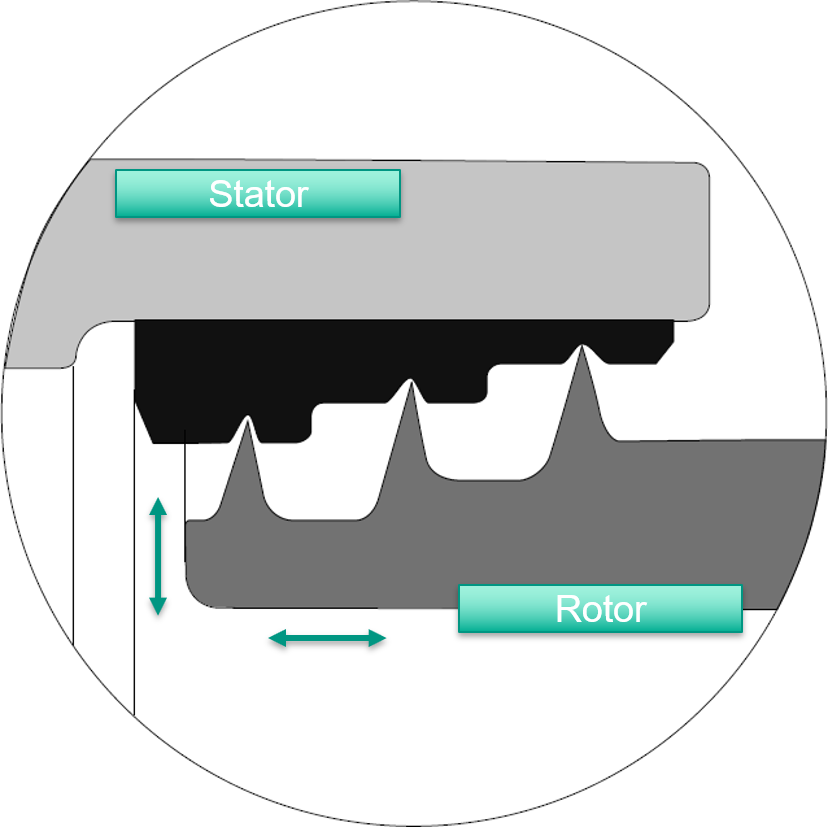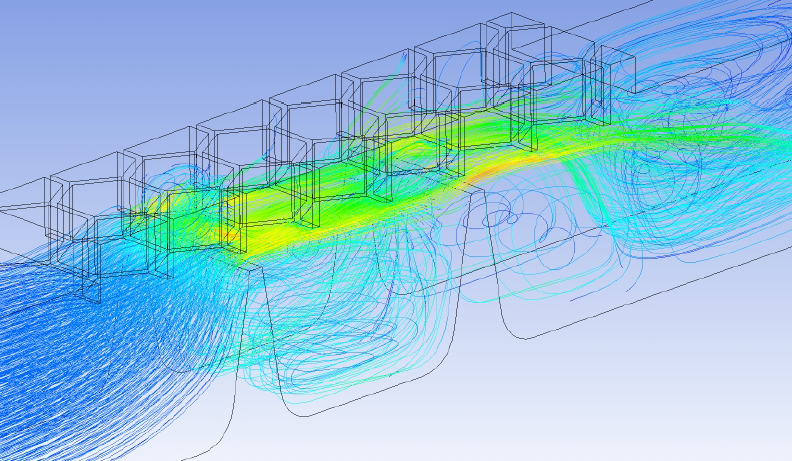Aims of labyrinth seal research
The operating conditions in turbomachinery place high demands on sealing technology. High relative speeds between the rotor and stator or between rotors with different directions of rotation, high temperatures and the misalignment of the seals due to radial and axial expansion prohibit the use of contacting shaft seals. As the robustness of labyrinth seals has been sufficiently proven, particularly at transient operating points with regard to wear and heat input into the rotor during contact, labyrinth seals are still the preferred sealing variant in aircraft engines. They are used at many relevant points:
- Secondary air system
- Minimizing unwanted leakage between rotating and stationary components
- Prevention of hot gas ingress into the passages between shafts, disks and wheel side spaces
- Prevention of leakage from the turbine cooling system
- Bearing thrust balancing
- Interface to the bearing sealing system
- At the tips of turbine guide vanes and rotor blades as well as on compressor guide vanes to reduce the equalizing flow between the stages.
- Adjustment of cooling air mass flows, for example for cooling rotor disks
- Sealing of bearing chambers in the engine.
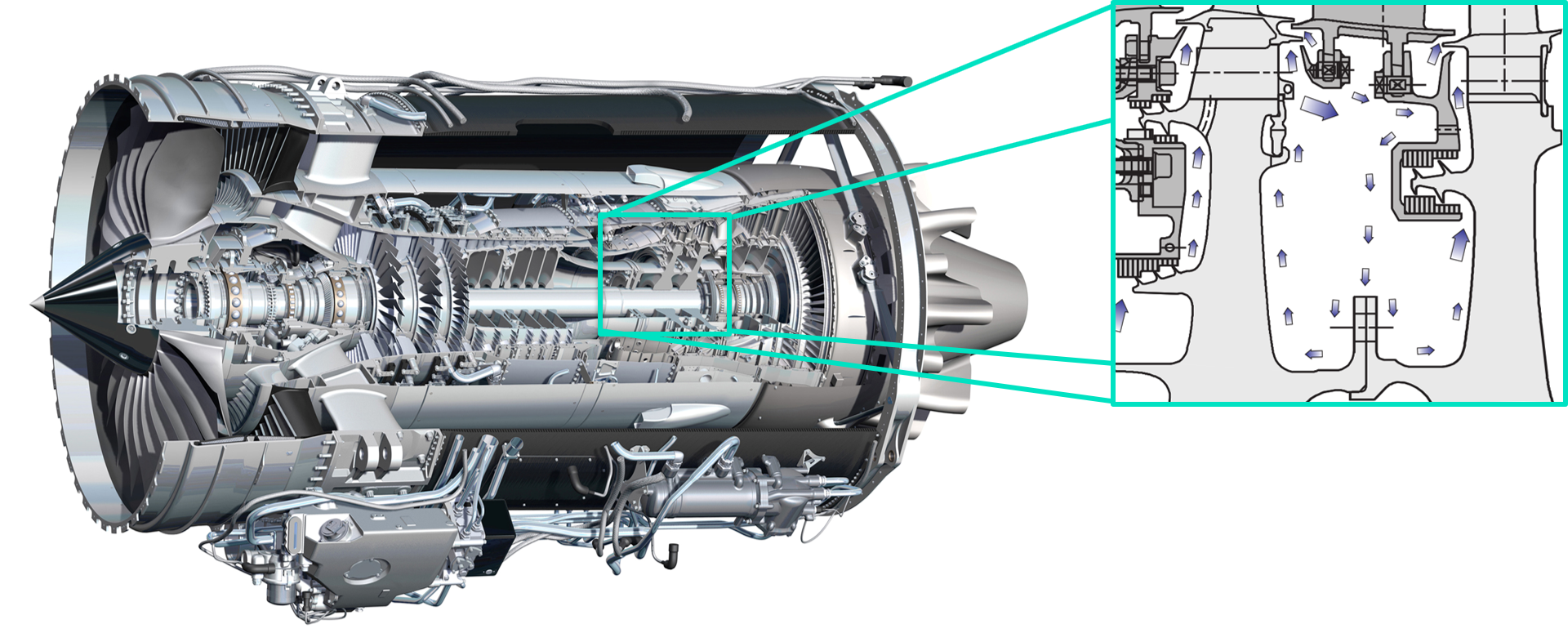
During transient flight maneuvers and the resulting mechanical and thermal loads on the components, contact between the rotor and stator cannot be ruled out. In order to reduce the load on the sealing tips during the rubbing process, hollow structures, so-called inlet linings, are fitted on the stator side. New manufacturing technologies and materials enable the development of innovative inlet linings. At the Institute of Thermal Fluid Machinery, both the rubbing behavior and the aerodynamic flow behavior of the seal are being investigated in numerous projects with well-known engine manufacturers. Numerical modeling (CFD and FEM) as well as tribological and fluidic experiments are used in a targeted manner.
Flow behavior
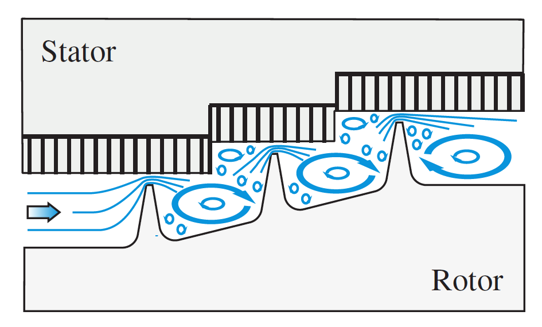
In order to improve the overall efficiency of a turbomachine, the flow behavior of the seal used must be determined as precisely as possible and physically understood. Due to the extremely flexible geometric design of the inlet linings, this results in an extensive field of research. Numerous geometry variations can be tested on a 2D flow test rig. This enables application-oriented real measurements and generic scientific geometry studies. CFD is used as a supporting tool. This provides an insight into the flow phenomena in the seal.
Stripping
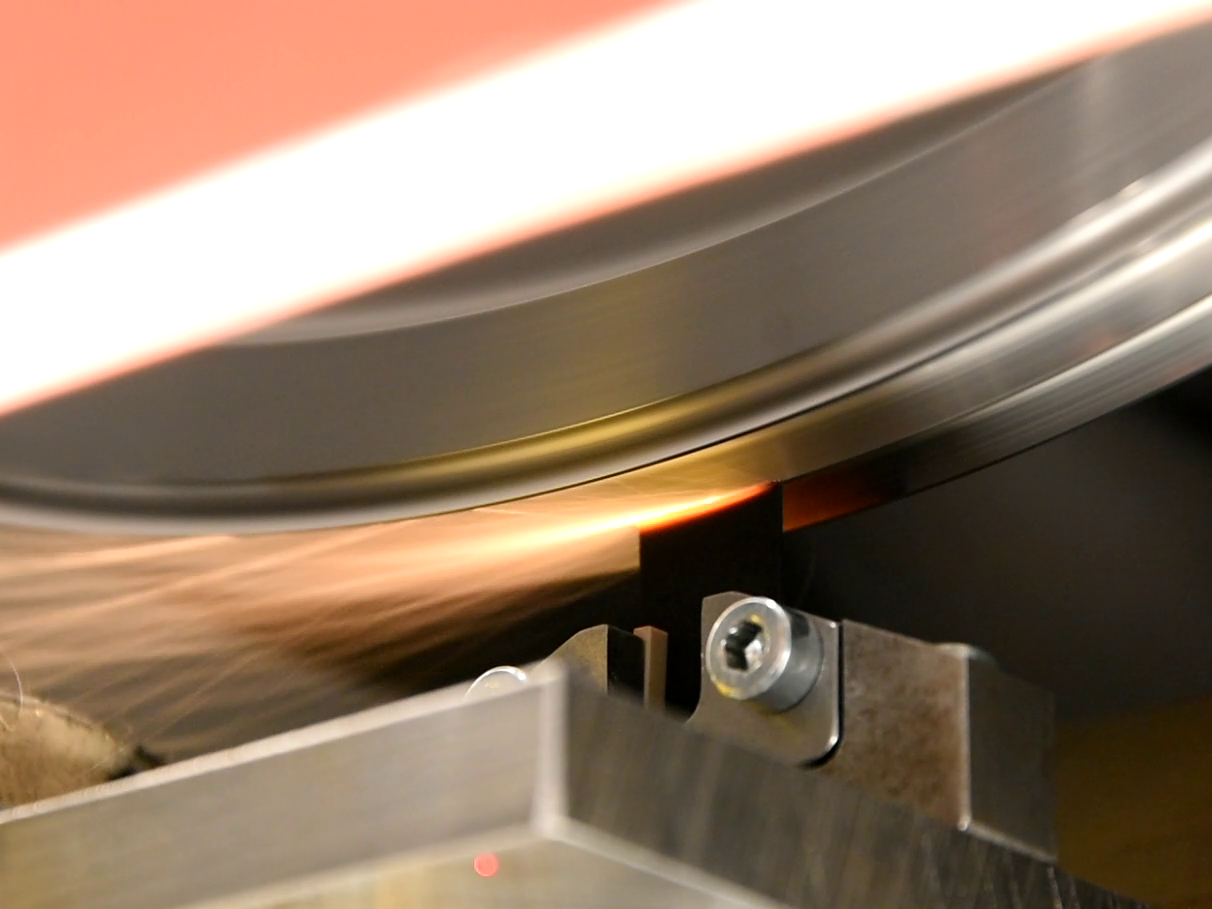
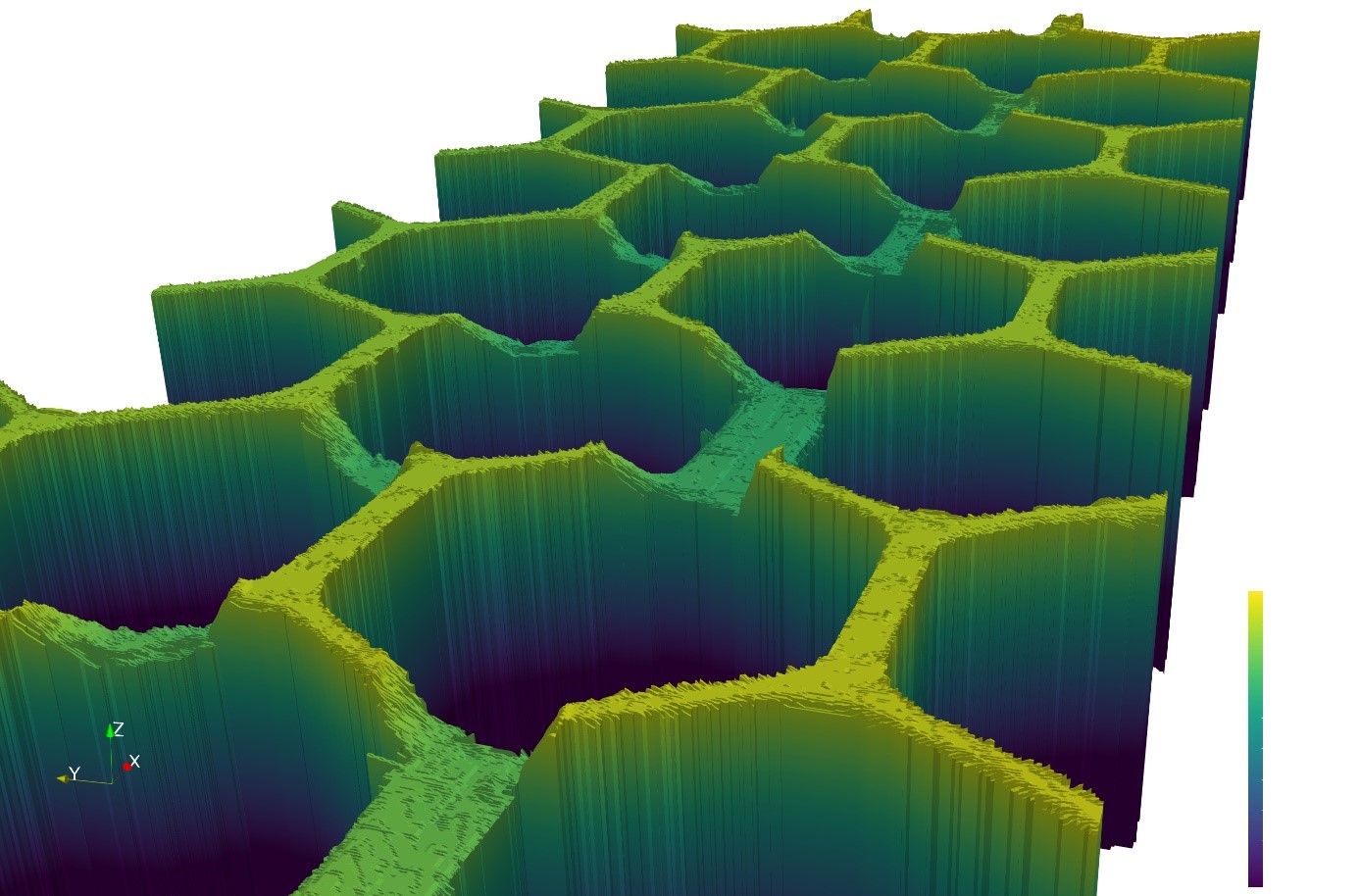
During scuffing processes, frictional contact occurs between the rotor and stator, which is characterized by high relative speeds and high temperatures. As the rotor is very stiff in comparison to the running-in lining, this process is displacement-controlled, resulting in a balance between wear phenomena, temperatures and the penetration speed of the rotor. In order to investigate this complex phenomenon, the first step was to examine simplified geometries that only form one contact surface. These investigations on metal sheets enable the detailed recording of temperatures and forces in the contact. The system behavior obtained can then be transferred to more complex honeycomb geometries.
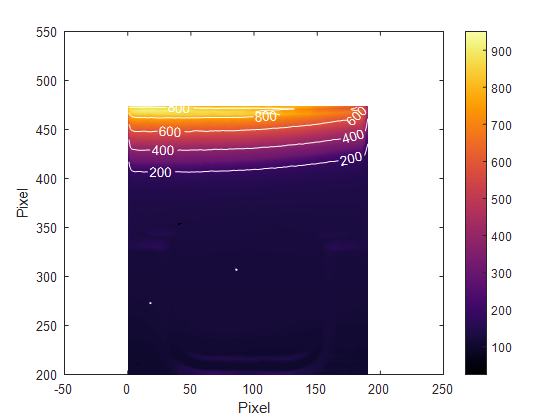
In addition to experimental methods, numerical models are also used to investigate processes in the contact that are difficult to measure experimentally. A macroscopic modeling approach has been developed at the institute for this purpose, which enables a large number of calculations to be performed in a reasonable amount of time in order to investigate the effects of uncertainties and the variation of influencing parameters on the contact behavior. Furthermore, FE methods are used to perform individual calculations with high resolution, providing a detailed insight into individual wear processes. With our strategy, it is possible to estimate the load on a labyrinth seal in an engine or gas turbine in the event of a scuffing process and thus optimize the sealing system with regard to its scuffing behaviour.


